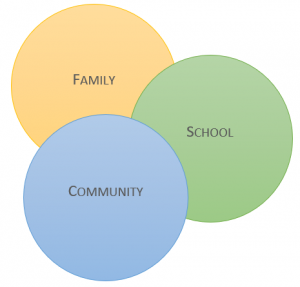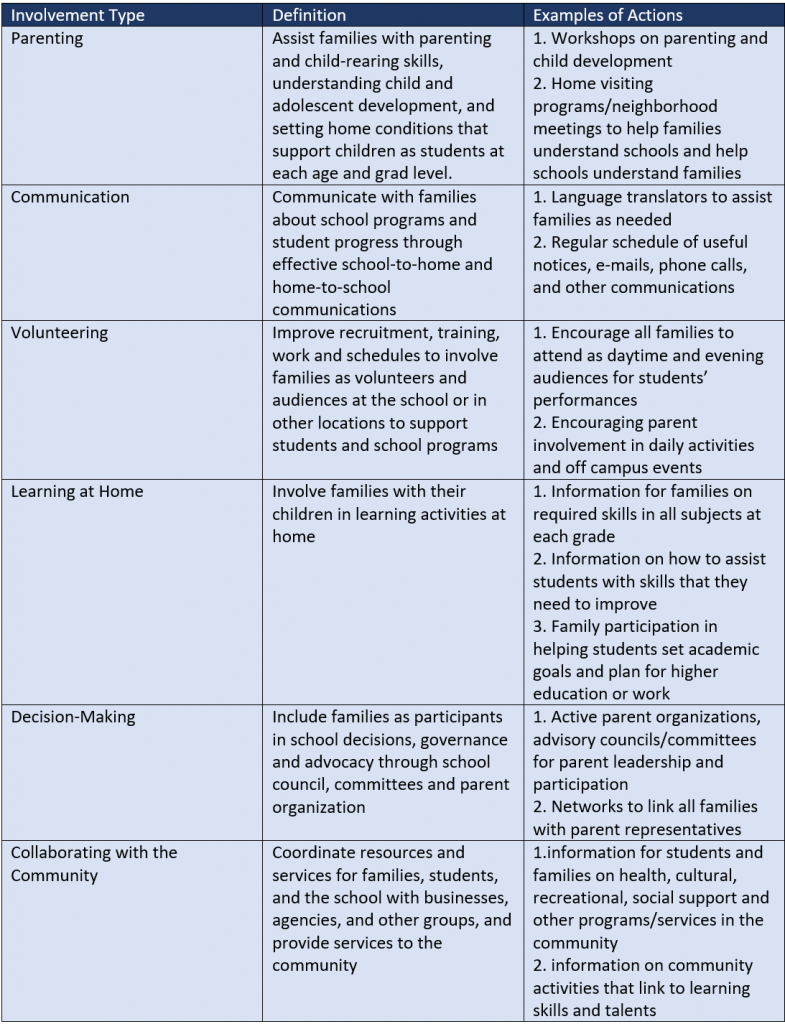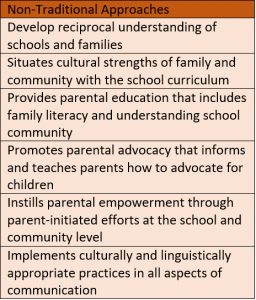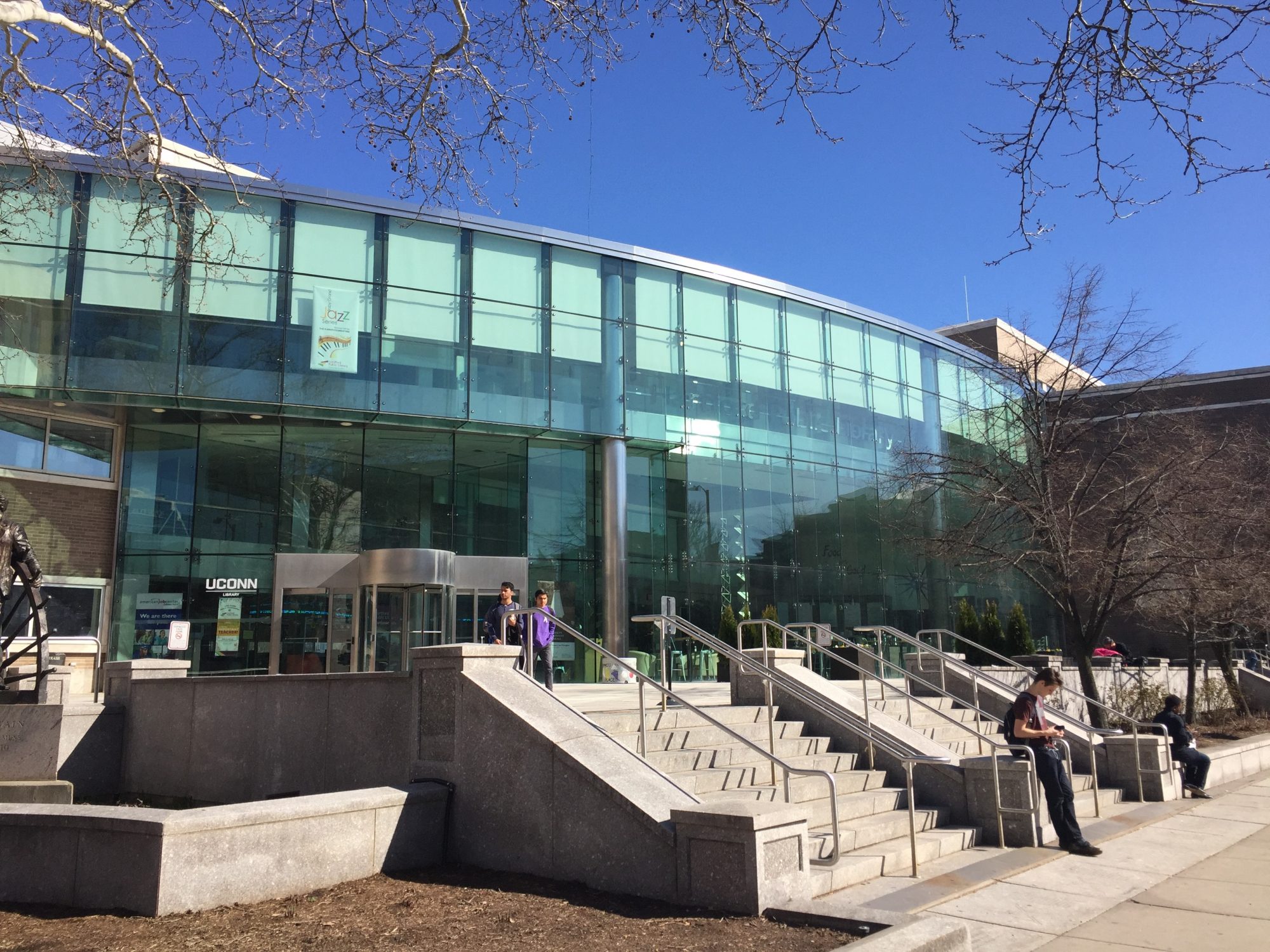The first step our group took in this research project was a literature review of best practices for parental engagement. What that means is that our group looked at what worked in other parts of the country- like California, Florida, etc. We were fascinated to find the many different strategies that were implemented across the country.

In the journal of Family-School & Community Partnerships Bureau, Lance Emerson writes about the Epstein’s overlapping spheres of influence model.
This model has been very influential in shaping how researchers look at engaging immigrant parents. This model recognizes the importance and relationship between family, school, and community in a teenager’s life. These different aspects work together to play a collaborative and complementary role in supporting the development of adolescents.
Emerson goes on to explain Epstein’s framework of six types of involvement. The model is shown below:

These strategies help schools and locations like the American Place with engaging parents in a more productive way. They encourage schools to be more transparent with the parents, therefore increasing parental participation.
These ideas were found in almost all of the articles we read, but in the article Promoting ELL Parental Involvement: Challenges in Contested Times, author Beatriz Arias and Milagros Morillo-Campbell take a less traditional approach. In this article, the authors looked at all of the challenges they saw to parental engagement and came up with strategies to get around the problems that arose.
Using Epstein’s model, they came up with the “Non-Traditional Framework of Six Types of Involvement.” Dr. Arias and Dr. Morillo used the same categories that Epstein created, but made it possible for immigrant parents to be engaged even if they couldn’t make it the events the school was holding. One of the many issues with involving immigrant parents is the fact that many would like to be more engaged, but they don’t have the time or the means to participate. Combining both the traditional and the non-traditional approaches ensures that all parents can engage in their adolescent’s education.

After all of this research, we were able to create a survey that was taken by all of the interview subjects. On the survey were engagement strategies that were found to be successful in other areas. These ranged from at home assignments to field trips to museums and parks. Without looking at the literature, we would not have been able to come up with so many great and useful ideas.
One idea that kept coming up in our literature review was one on one tutoring between the parent and the child, so we added this to our survey. This was the sixth highest activity and was very popular among Puerto Rican parents. We also asked about culture nights and inviting parents to come to the class. These came about when looking at Volunteer category of Emerson’s Model. All of the activities we asked participants about stemmed from ideas or strategies that came up in our best practices literature review.
http://action-lab.org/parent-engagement/outcomes/testing-strategi…asing-engagement/
